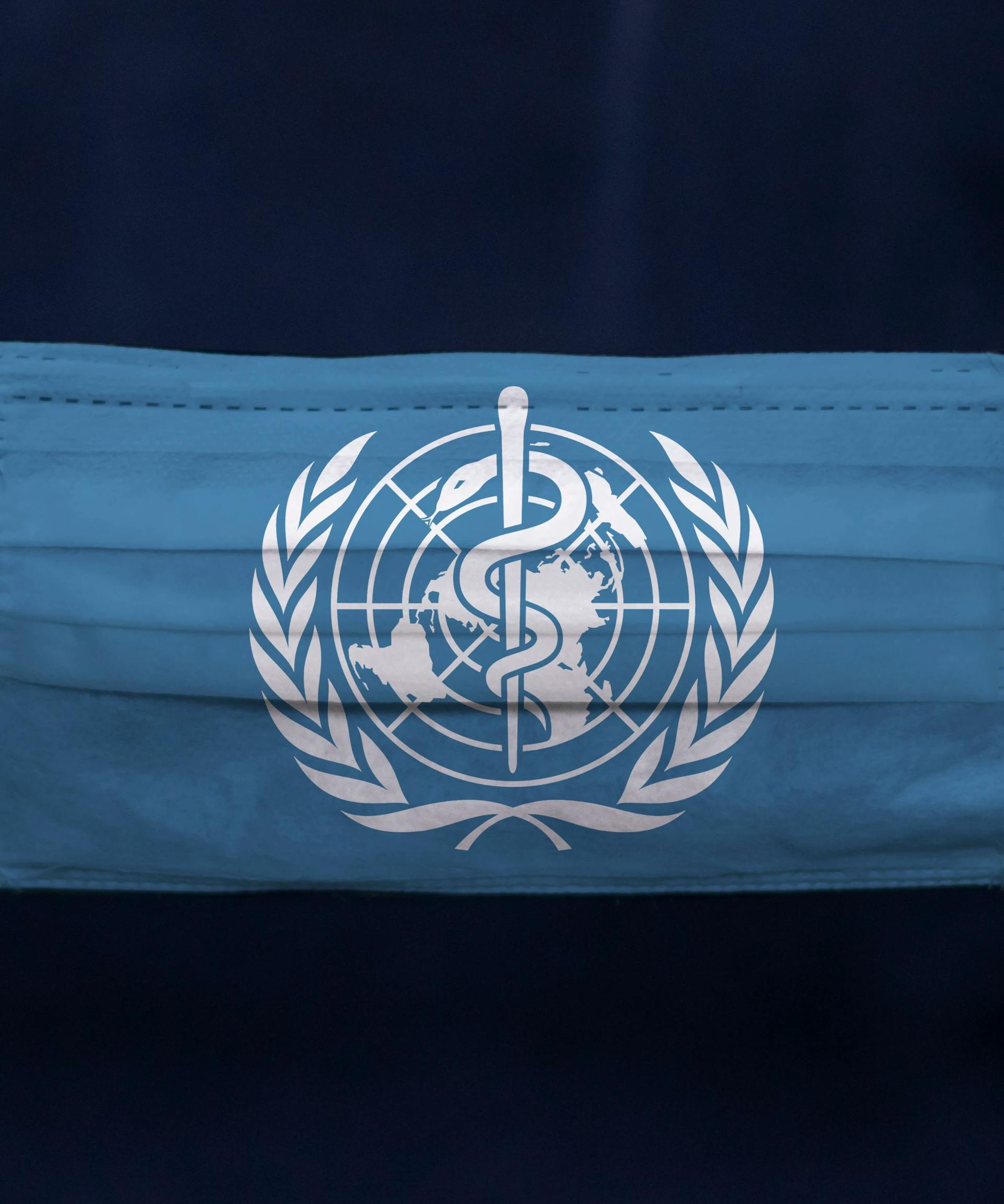World Health Organization Exposed For Owning A Manual On How To Deal With "Negative" News Of Vaccine Injuries Or Deaths That "May Erode The Public's Trust In Vaccines" And "Authorities That Deliver Them"
The World Health Organization's manual on how to handle news of vaccine injuries and deaths has been exposed. The documents include guides on what to say for journalists, politicians, and health experts.

The World Health Organization (WHO) has been exposed for their "Vaccine Crisis Communication Manual" which offers a step-by-step guide on how to respond to "events which may erode the public's trust in vaccines" and "the authorities that deliver them."
The manual states that it was developed based on the "WHO Regional Office for Europe" to provide guidance crisis communications and campaigns where there are "new vaccine introductions." The lead author of the manual is Katharina-Sophia Dolezal, who is a Covid-19 immunization specialist. The co-authors are Katrine Habersaat, Catharina de Kat, and Siff Malue Nielsen.
As stated in the playbook, the "crisis coordination mechanism" – the actions required following any news on vaccine injuries – are done by the "ministry of health" and other "health authorities."
As written on page iv, the manual "defines a vaccine crisis as an event which will most likely or has already eroded public trust in vaccines and/or vaccination and the authorities delivering them and may create uncertainty. This requires immediate action and an effective response to curb the negative impact. Vaccine-related events may or may not be directly caused by vaccines/vaccination itself."
The playbook also suggests that authorities "monitor" the "public opinion" and trends to identify any "crisis" before it evolves in order to create "evidence-informed" communication materials.
On page 9, the document discusses how to identify the "potential impact" of a crisis based on how much they will have an effect on the "trust” of vaccines and “experts.” A low potential impact is when the vaccine is replaced with a slightly "reconfigured product." It could also be an event that receives little to no attention.
A "medium potential impact" is when the event gets no media attention at first, but could be anticipated to gain traction. This also includes "false claims" by popular social media influencers. This occurrence may require a potential public debate, as suggested by the guidebook.
A "high potential impact" is when a death occurs following a vaccination, or events that involve kids, the elderly, pregnant women, and/or vulnerable groups. It could be the introduction of a new vaccine, recalls, campaigns, suspensions, and "misleading but powerful story/publications" that attract attention on social media.
To summarize, these "potential impacts" allow the organizers to make an assessment of how to respond. For high-impact events, the health authorities are instructed to "assess the event and monitor public opinion." Lastly, they must "inform the public" by preparing messages and assigning spokespersons to do so.
The book also has sample scripts on what to say. For example, on page 14, it lists the "possible messages" one can deliver during high-impact events. "Our deepest sympathy goes to those affected," it states, continuing, "We are committing all available resources to the investigation of this unfortunate incident and are doing our utmost to find the cause as soon as possible. We will keep you informed and provide regular information via our website www.xxxxx.zz and daily press briefings at the Ministry of Health."
While this document may only seem like a "guidebook" intended to tackle "misinformation," many believe that it's more of a guide on how to suppress crucial information on the jabs. In other words, it's a form of censorship to further hide the dangers of the mRNA vaccine and the adverse side effects it can cause.
Don’t miss anything! Sign up for our weekly newsletter and get curated content weekly!